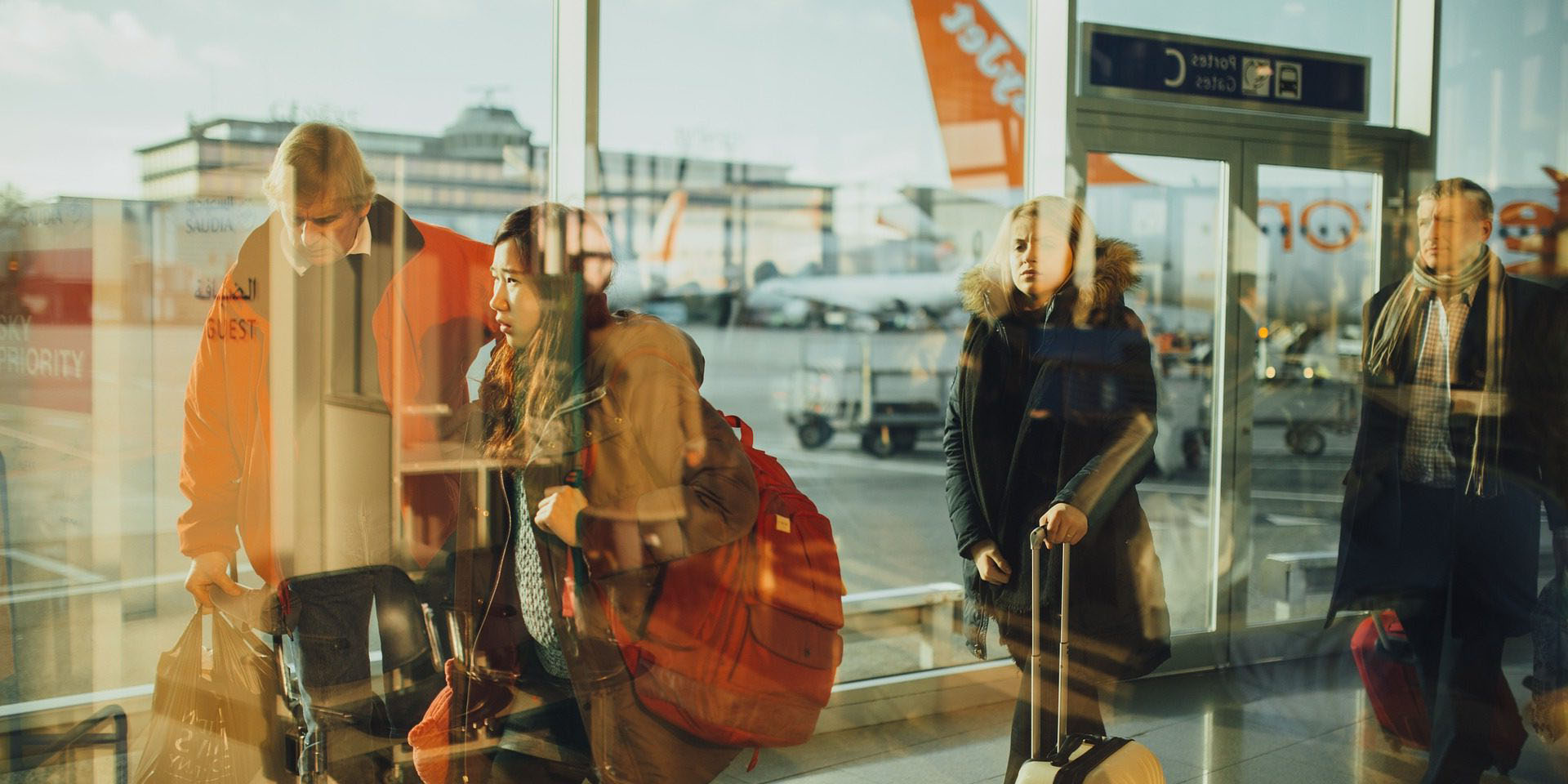In recent years, tourist offices have undergone major administrative reorganizations and must now consider their future in order to assert their legitimacy in an increasingly mobile economy. Are tourist offices doomed to reinvent themselves?
Historical facts
Tourist offices were created at the beginning of the 20th century, more than a century ago. The National Federation of Tourist Offices and Tourist Information Centres (FNOTSI) is now known as Offices de Tourisme de France (OTF) and federates all the structures that make up the national network of Tourist Offices.
In 2019, the National Federation will celebrate its centenary and hold its 32nd National Congress in Reims. Tourist offices have gone through several changes, and the digital one, although one of the most recent, was also one of the most striking. They must also deal with societal and behavioral changes.
Current issues
The principal challenge today is to anticipate and imagine the place of tourist offices, but also convention bureaus and congresses in the future. How can the tourist office remain the actor linking public and private by animating the local tourist ecosystem, while meeting the new needs of its visitors? What is certain is that the tourist office is indispensable in the French tourist culture. They are not really threatened with extinction according to specialists, however their functioning is bound to evolve.
Further proof that the sector is changing: on March 11, 2020, Offices de Tourisme de France, Tourisme & Territoires and Destination Régions, the three historical federations of institutional tourism organizations, merged into a single structure: ADN Tourisme.
Upcoming developments
Tourist offices must question the relationship they have with their visitors. The issue is less critical for busy tourist offices. We are thinking, for example, of those located in the Paris region, the one in Cannes, which receives up to 5,000 visitors per day, but also those in the northern and eastern regions, which are seeing their growth.
On the other hand, in smaller structures, teams are already imagining new ways to meet expectations. Cosy places with sofas, libraries and a homey atmosphere are created, while others adapt to their audiences by even redefining their activities.
Of course, tourist offices will always offer the traditional range of services (reception, information, distribution of brochures, etc.), which they are familiar with and which could be described as untouchable. However, everyone must be open-minded.
For example, in the city of Evreux, in Normandy, the tourist office has even gone so far as to change its name to the Comptoir des Loisirs. Faced with the real typology of the majority of its visitors who, it must be admitted, are essentially locals looking for activities rather than foreign visitors, the Comptoir has refocused its services around this proposal, and has found an interesting attendance.
Another example is the tourist office of Vienne-Condrieu, in the Auvergne-Rhône-Alpes region, which is a real tourist attraction. In addition to the information that one comes to seek on the spot, it acts as a cellar of tasting of wine, of rent of bicycles, and one can eat there with the restaurant or still have a drink with the bar…
In any case, in the age of the Internet, it is imperative to find a way to add value for visitors who can find most of the information they are looking for online. If they travel, it is also because they are looking for unique services and additional human connections.


